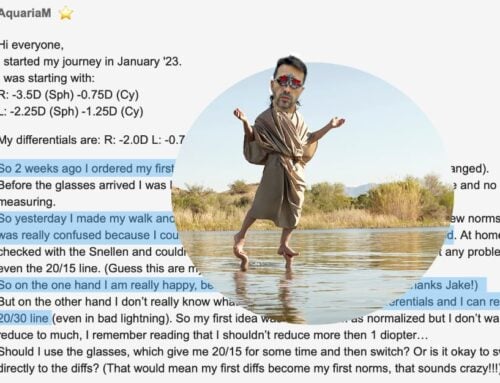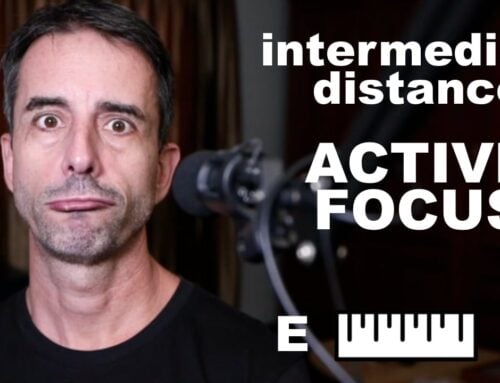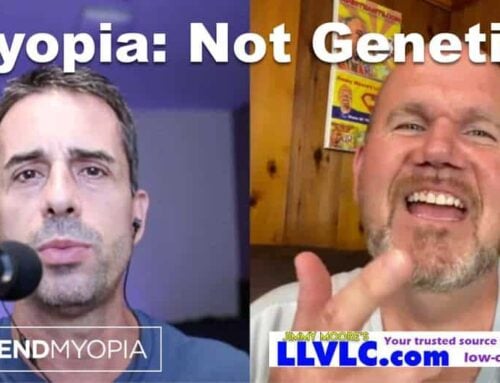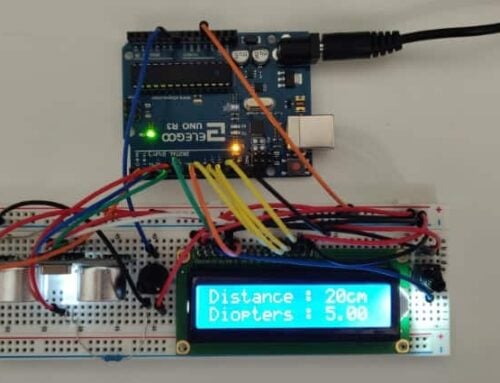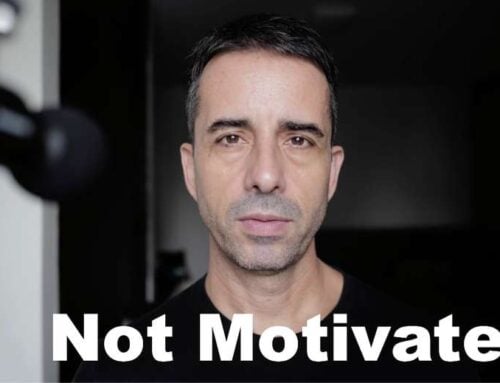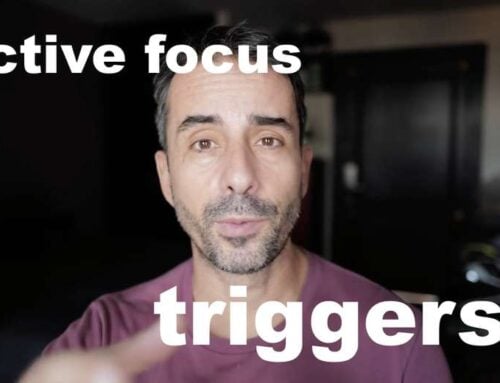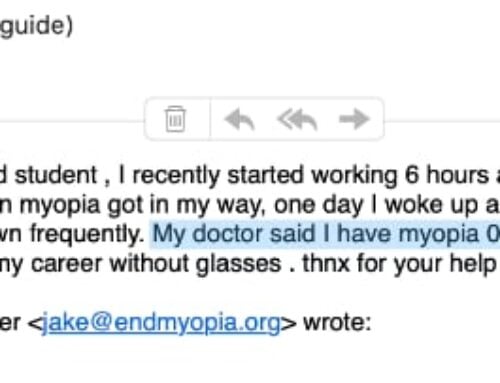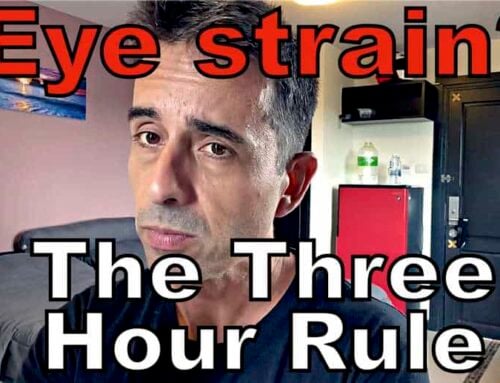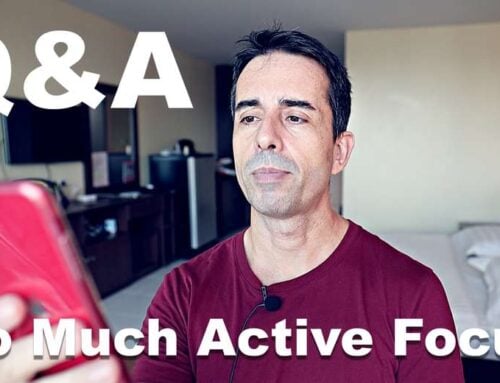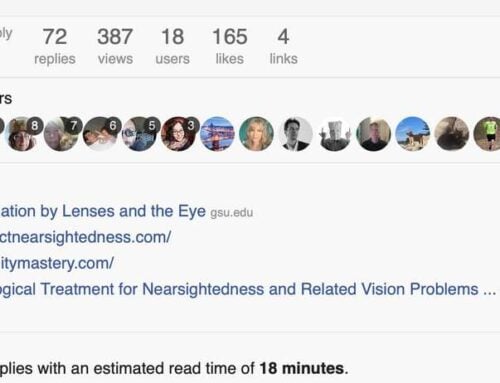Need to convert your contact lens prescription to glasses?
It’s very simple to do.
First note that below -3.50 diopters you don’t need to make any changes to the diopters between glasses and contact lenses. Although the net clarity from contact lenses will be slightly higher since they sit closer to your eyes, slightly increasing actual diopters.
Contact Lens To Glasses Conversion – Quick Take
Here’s how you convert contact lenses to glasses:
Any prescription over -3.50 to -4 diopter, and add +0.25 diopters for every two diopters of increase:
4.00 D +0.25 D
6.00 D +0.50 D
8.00 D +0.75 D
10.00 D +1.00 D
12.00 D +1.25 D
14.00 D +1.50 D
16.00 D +1.75 D
So a -4.00 glasses prescription is roughly equal to a -3.75 contact lens prescription.
Here’s a handy chart:
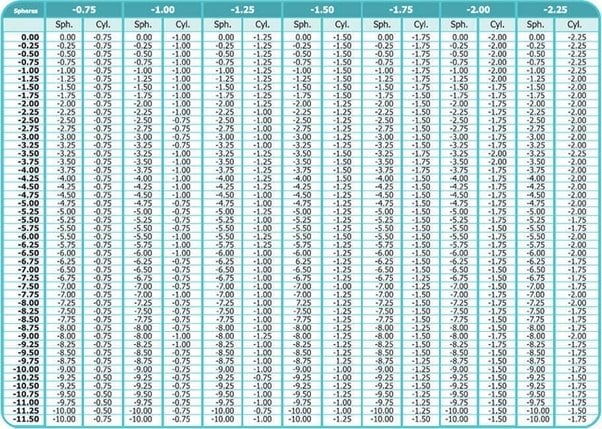
Some advise starting conversion at -3.50.
It’s worth noting that while contact lenses have significant advantages in come cases, they also carry notable higher long term risk to your eye’s cornea, which is something that lens sellers may not mention to you. Thinner contact lenses may help protect your eyes in the long run.
Contact Lens Wear: Risks
Here’s a video I made about the dangers of extended contact lens wear.
It’s important to evaluate when to wear contact lenses, vs. when glasses are the safer choice.
Lens sellers have a profit motive not to tell you about the downsides of contact lens wear. They want you to wear contact lenses all the time, so you buy more of their lenses. Clinical science shows that this is objectively a bad idea for maintaining corneal thickness and avoid corneal scarring.
So wear contact lenses if your eyes aren’t dry, if you aren’t in front of a computer, if high myopia or outdoor activities warrant their use.
Contact Lenses – When To Wear Them
If you can manage the less than amazing video production, I explain the contact lens use case in this video.
Be sure to use above conversion chart and not wear contact lenses that are higher diopters than you actually need. Resulting hyperopic defocus may increase your myopia!
Note that if you are working to reduce your myopia and improve your eyesight, contact lenses can be helpful to reduce costs are you end up reducing your correction every 3-4 months.
Using Contact Lenses To Improve Eyesight
I generally recommend glasses for improving eyesight.
Though for outdoor use, to get better peripheral vision, to save some money, contact lenses can be helpful. Every 3-4 months you need new, lower diopter glasses – the price of which can add up!
As with many non-Bates, non-eye exercise vision improvement topics, I’ve got a video on this one as well.
More of that face.
More Contact Lens Conversion Talk
Simon asks about converting glasses prescriptions to contact lens prescriptions in the support forum:
![]() Is there a recommended formula for calculating contact lens strength from glasses?
Is there a recommended formula for calculating contact lens strength from glasses?
I remember my optician had an excel-sheet where she put in -8.5 and out came -7.71.
I’ve googled a bit and found this one which gives -7.6.
https://www.swisslens.ch/profes/outils.php?langue=en
So I guess there must be several formulas out there.”
***
And here is my response, something that may well be relevant for you as well:
![]() Yes there are several, like Alcon’s:http://www.virtualconsultant.alcon.com/lens_power.jsp
Yes there are several, like Alcon’s:http://www.virtualconsultant.alcon.com/lens_power.jsp
A quick way to estimate is to look at any prescription over -4 diopter, and add +0.25 diopters for every two diopters of increase:
4.00 D +0.25 D
6.00 D +0.50 D
8.00 D +0.75 D
10.00 D +1.00 D
12.00 D +1.25 D
14.00 D +1.50 D
16.00 D +1.75 D
So a -4.00 glasses prescription is roughly equal to a -3.75 contact lens prescription.
You can do the same for astigmatism correction, though it only becomes relevant if the glasses astigmatism is at least -0.75 to -1 diopters (otherwise combine cylinder and spherical from the glasses prescription for the contact lens).
In practice this will vary, often towards requiring a slightly lower contact lens equivalent than the formula suggests.
Also bear in mind that contact lenses are best used after a proper fitting is done at the optometrist office, before embarking on future adjustments to the prescription on your own.”
***
(The full thread is here). Many lens manufacturers and distributors provide formulas on their sites to convert to contact lenses, and they do tend to vary from one site to the next.
The usefulness of those calculators are limited for many of you in the process of rehabilitating your eyesight. In most cases the question for the purpose of vision improvement goes in the opposite direction. You want to convert the other way around: from contact lenses to glasses – since for the most part, you want to be using glasses instead of contact lenses for close-up.
Contact lenses in combination with hours of looking at close-up objects are a recipe for trouble, as their combined effect on tear fluid along with the reduced blink rate create more eye strain (less tear fluid also tends to compromise vision clarity).
For distance vision contact lenses do provide a better visual, and I often recommend them for extended outdoor use (and focus pulling), especially for high myopia cases. So, contact lenses good for distance, but not recommended for close-up!
If you are switching to a differential prescription for reduced close-up strain for the first time, the conversion adds a bit to the overall challenge of determining an ideal prescription for you. Not only do you need the reduction for close-up, but also considering the change from contact lenses to glasses. This is just one more reason to start with the myopia calculator instead of your existing lens prescription.
I hope this helps, if you are looking to optimize your prescription use. If you have questions on this subject, just post in the support forum for further clarification.
Cheers,
-Jake




